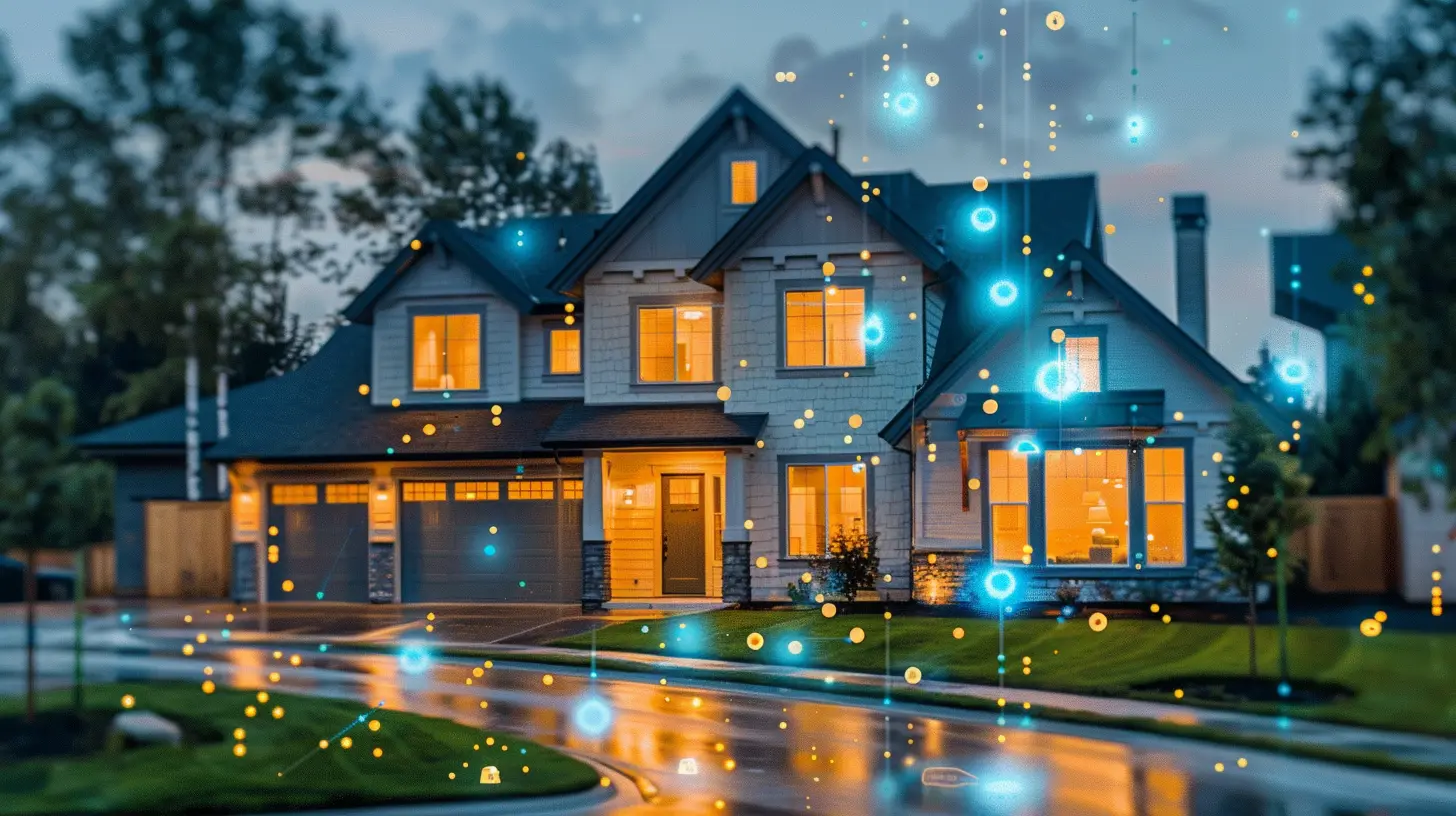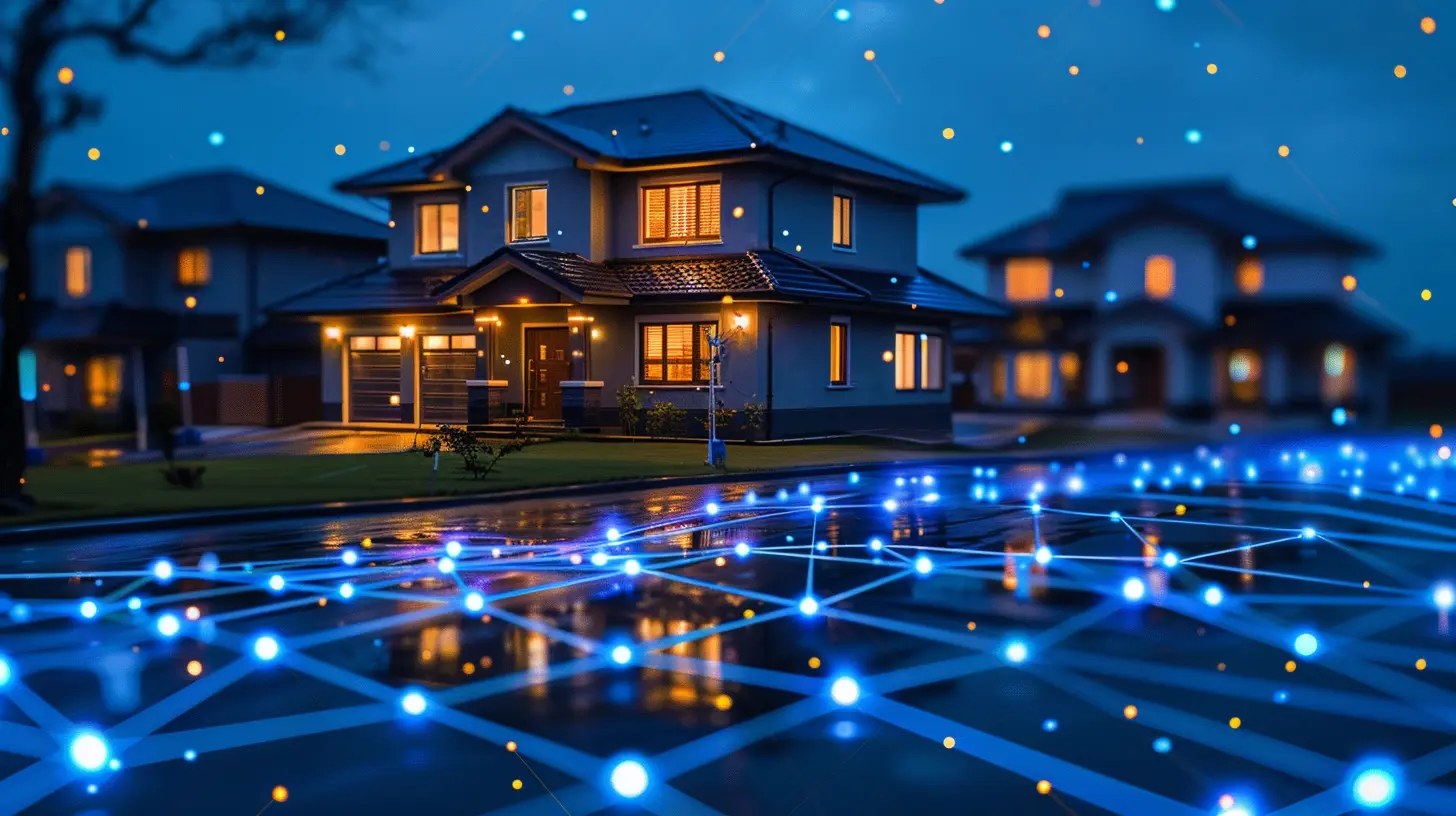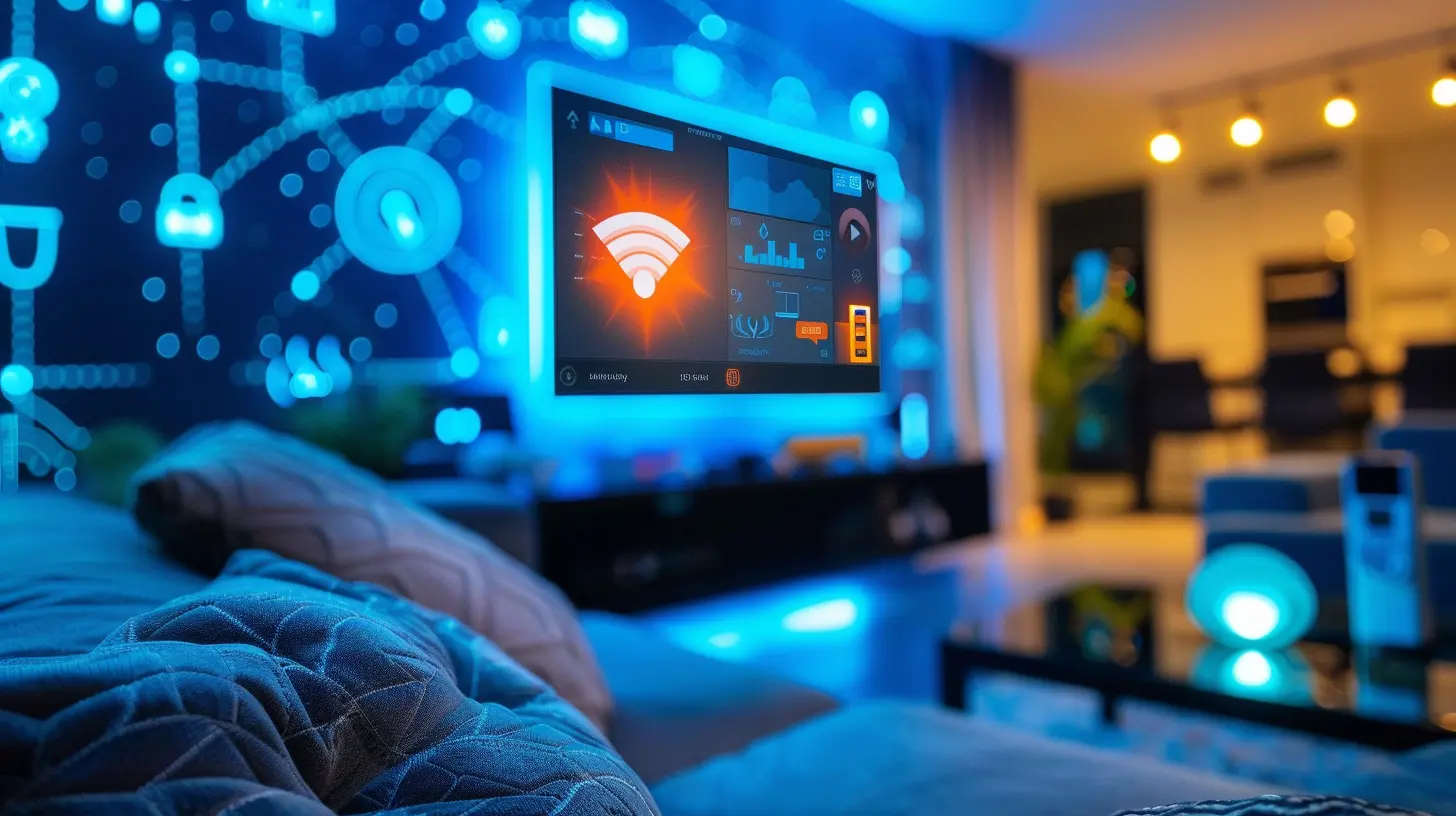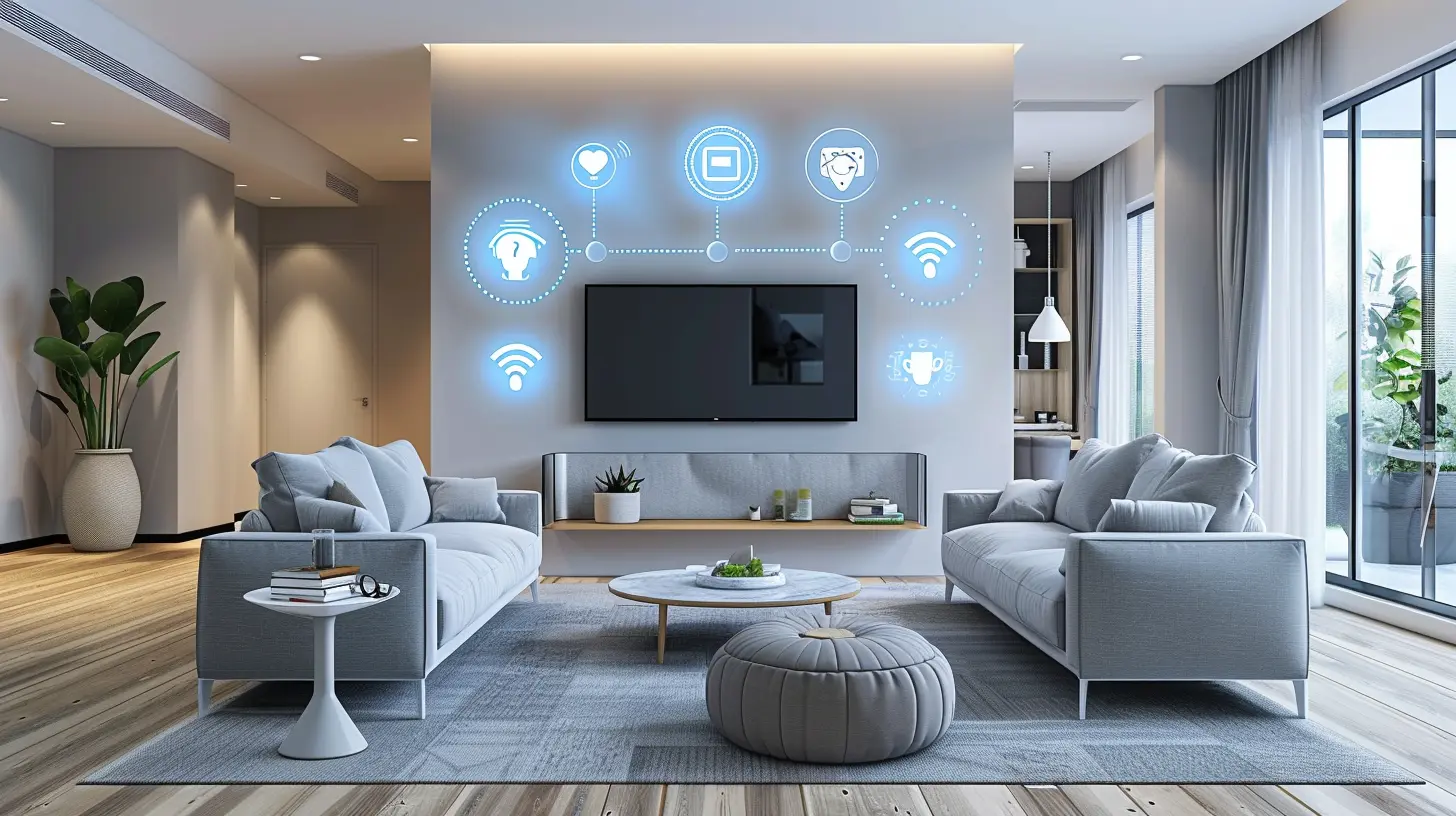The Role of IoT in Home Automation: What’s Next?
5 October 2025
Home automation has come a long way, hasn’t it? Remember the days when turning off the lights meant dragging yourself out of bed? Fast forward to today—thanks to IoT (Internet of Things), your home practically listens, learns, and reacts to your needs. But we’re not stopping here. So, what’s next in this smart revolution? Buckle up, because the future of home automation, powered by IoT, is just getting started.

What Exactly Is IoT in Home Automation?
Let’s break it down. IoT refers to everyday devices—think thermostats, lights, fridges, and even your coffee maker—connected to the internet, talking to each other, and making decisions with little to no human input. Toss in some sensors, data analytics, and AI, and voilà! You’ve got a smart home that’s more than just smart—it’s intuitive.Home automation, on the other hand, is how these devices work together to make your life easier. Together, IoT and home automation create a seamless, efficient, and reactive living space.

Why IoT and Home Automation Are the Perfect Match
Think of IoT as the brain behind your smart devices. It collects data and uses it to “think.” Your home automation system? It’s the body that carries out these thoughts—adjusting the temperature, locking the doors, dimming the lights, and even ordering groceries.This combo brings a bunch of benefits to the table:
- Convenience: No need to lift a finger. Everything just works.
- Energy Efficiency: Devices learn your habits and save energy where possible.
- Security: Smart locks, cameras, and sensors keep your home safe.
- Customization: Your home adapts to your lifestyle, not the other way around.
Now that we’ve got the basics out of the way, let’s talk about the tech that’s making all this magic possible.

Key Technologies Behind IoT in Home Automation
IoT isn’t just one thing—it’s a mix of various technologies working in sync. Here are the MVPs:1. Smart Sensors
These little guys are the eyes and ears of your smart home. They detect motion, light, temperature, humidity, and even air quality. For example, a motion sensor can tell your lights to turn on when you walk into a room. Simple but genius, right?2. Wireless Communication Protocols
Wi-Fi, Zigbee, Z-Wave, Bluetooth—you name it. These protocols let devices talk to each other and to central hubs or cloud platforms. The goal? Fast, reliable, low-latency communication.3. Cloud Computing and Edge Computing
IoT devices generate tons of data. Cloud computing helps store and process this data remotely. Edge computing, on the flip side, processes data locally—making real-time decisions faster.4. AI and Machine Learning
This is where it gets really smart. AI helps your devices learn your routines and predict your needs. Forgot to turn off the AC? AI might just do it for you when it knows you’ve left the house.5. Voice Assistants and Natural Language Processing (NLP)
Alexa, Google Assistant, Siri—they make controlling your smart home as easy as talking. NLP lets these assistants understand what you say and respond to it almost like a human would.
Current Applications of IoT in Smart Homes
If you’ve started dipping your toes into the smart home waters, you’ve probably tried one or more of these:Smart Thermostats
They get to know your daily schedule and tweak the temperature automatically to save energy and keep you comfy.Smart Lighting
Motion-sensing, color-changing, voice-controlled lighting? Yes, please. You can set the vibe for movie night or let lights turn off when no one’s in the room.Smart Security Systems
From video doorbells to facial recognition cameras, IoT beefs up your home security. You can check who’s at your door from the other side of the world.Smart Appliances
Fridges that tell you when you're out of eggs. Washing machines that start a cycle when energy rates are low. It’s not sci-fi—it’s your kitchen.Smart Hubs and Controllers
These are like the command centers—apps or devices like SmartThings or Apple HomeKit—that tie everything together into one smooth interface.What’s Next in IoT-driven Home Automation?
We’ve covered where we are, but let’s peek into the crystal ball. Here's what the future holds:1. Hyper-Personalization
Homes will begin to anticipate your mood, schedule, and even health. Imagine walking in and your home sets the lights, temperature, and music based on your stress levels. It’s like having your own digital butler.2. Interoperability and Standardization
Right now, different brands don’t always work well together. That’s changing with initiatives like Matter—a universal standard for smart devices. Soon, you won’t need to worry about buying all gadgets from the same brand.3. Smarter Energy Management
Your home won’t just use energy smartly—it'll produce and store it too. Think solar panels, home batteries, and devices that sync with your energy grid to use the cheapest, greenest power available.4. Health Monitoring and Elderly Care
IoT will play a huge role in elder care, with sensors that detect falls, monitor sleep, remind about medication, and even alert emergency services automatically.5. Enhanced AI Capabilities
AI will move from reactive to proactive. Instead of you asking your assistant to turn off lights, it’ll know from your routine that it’s time to shut down for the night.6. Emotional Intelligence
Yes, devices are learning to read emotions. Through voice tone, facial expressions, and behavior, your home could soon respond to your emotional state. Feeling down? Mood lighting, soft music, and a comforting message from your virtual assistant might be on the menu.7. Increased Security and Privacy Features
As our homes get smarter, they also become more vulnerable. Future developments will focus on tighter data encryption, local data processing, and giving users more control over what data gets shared.
Challenges Ahead
Let’s keep it real for a second. While the future looks bright, it’s not without hiccups.Privacy Concerns
With great data comes great responsibility. Who owns your data? How is it stored? These are huge questions that manufacturers and regulators need to answer—like, yesterday.Compatibility Issues
Not all devices play nice together. We need more universal standards to prevent the chaos of mismatched platforms.High Costs
Let’s face it—fully automating a home can cost a small fortune. Over time, though, as tech gets cheaper, this barrier could shrink.Cybersecurity Risks
Where there’s connectivity, there’s vulnerability. Smart homes need robust protection to avoid hacking or unauthorized access.Tips for Getting Started with IoT Home Automation
Thinking of diving in? Here’s a checklist to ease you in:1. Start Small: Begin with one or two devices—smart bulbs, plugs, or a thermostat.
2. Choose the Right Ecosystem: Google, Apple, Amazon—pick one and stick with it for better compatibility.
3. Secure Your Network: Set up two-factor authentication and strong passwords for your devices.
4. Update Regularly: Firmware updates fix bugs and beef up security.
5. Plan for the Future: Buy compatible devices that you can expand on later.
The Bottom Line
The role of IoT in home automation isn’t just about making things easier—it’s about transforming the way we live. It’s the difference between a house and a home that truly understands you. Sure, we’re still ironing out the kinks, but the foundation is set. The future? It’s connected, intuitive, and a whole lot smarter.So, next time your coffee’s brewing before you even get out of bed, thank IoT. And if you’re wondering what’s next, just know this—your home is only going to get smarter from here.
all images in this post were generated using AI tools
Category:
Home AutomationAuthor:

Jerry Graham
Discussion
rate this article
1 comments
Roman Kim
This article insightfully highlights IoT's transformative impact on home automation. However, it could further explore the challenges of data security and interoperability among devices, which are crucial for ensuring user privacy and a seamless smart home experience as technology evolves.
October 7, 2025 at 3:43 AM

Jerry Graham
Thank you for your insightful feedback! I appreciate your suggestions on exploring data security and interoperability, and I'll consider them for future discussions on IoT in home automation.


